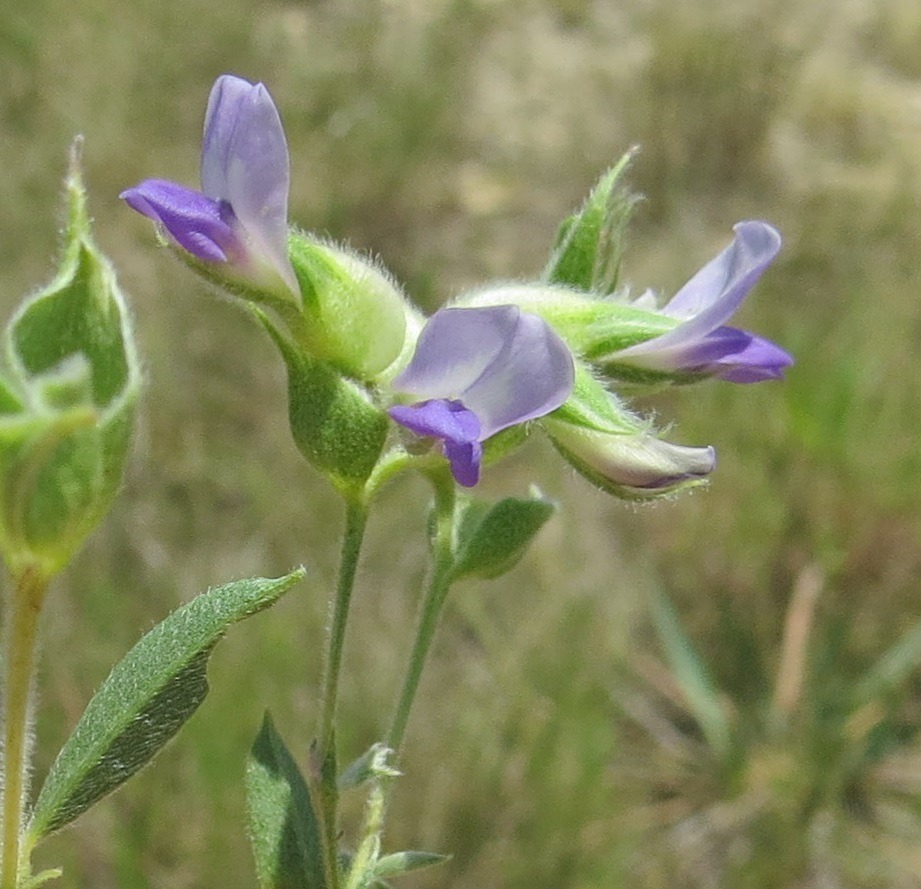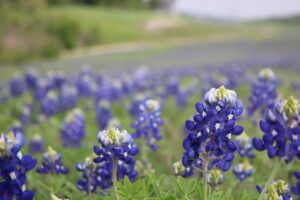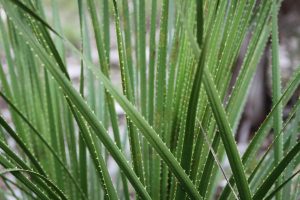Texas Plant Conservation Program
Just under 450 plant species are considered rare in the state of Texas. For many of these, a lack of basic information on where they grow is the biggest hindrance to their conservation. Little information is available about the distribution and habitat needs of many rare species, and little has been done with what data does exist. This knowledge gap makes it difficult to prioritize conservation objectives. Without a thorough understanding of the true status of rare plants, informed conservation decisions cannot be made to protect these threatened species. This can lead to uninformed, and often expensive, conservation actions which are either overly aggressive or not aggressive enough.

BRIT Plant Conservation Program botanists monitor known populations of rare plants and actively search for new populations. Basic information on population size, health, and location is needed to ensure appropriate conservation actions are being taken to protect rare species. Assessments have been competed for several species.
- Schoenoplectiella hallii (Hall’s bulrush)
- Pediomelum reverchonii (Reverchon’s scurfpea)
- Pediomelum cyphocalyx (turniproot scurfpea)
- Physaria engelmannii (Engelman’s bladderpod)
- Cyperus granitophilus (Granite Flat Sedge)
- Dalea reverchonii (Comanche Peak Prairie Clover)
- Gratiola quartermaniae (Quarterman’s Hedge Hyssop)
- Isoetes butleri (Limestone Quilwort)



